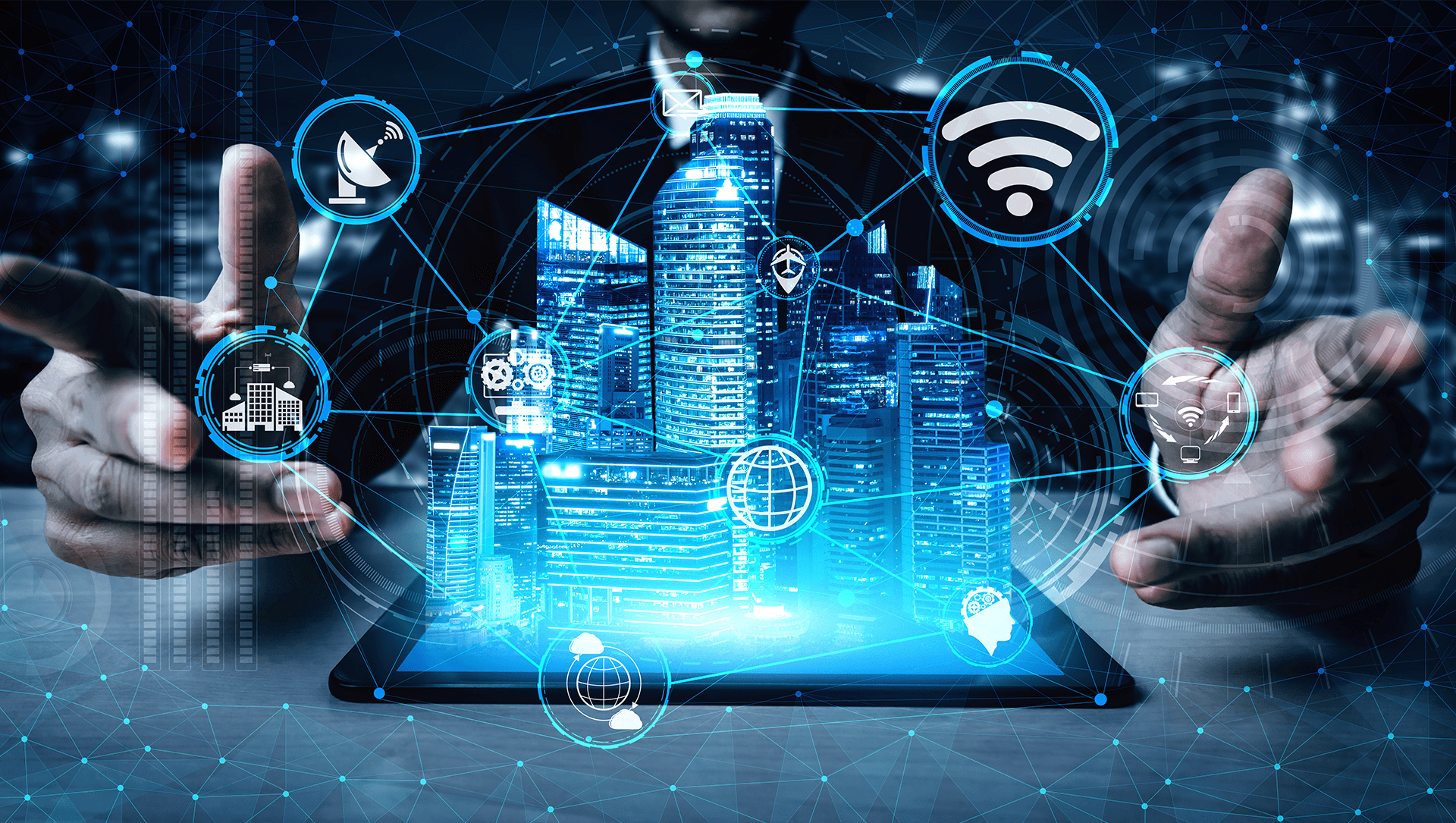‘Flatten the curve’ with technology
The COVID-19 pandemic has put undue pressure on healthcare resources. Routine tasks have been replaced by emergency actions such as creating isolation units, protecting doctors from infection and building outbreak-specific inventory. Fear amplifies the complexity. Technology can be a comrade in this war against the virus. It can limit human exposure and ‘flatten the curve’ until a vaccine is discovered.
significance of IoT in healthcare
The Internet of Things (IoT) is one prospect solution. All of this technology’s functional components – data collection, transfer, analytics, and storage – work without any human involvement. Data is collected by sensors installed on mobile hardware such as phones, robots, and health monitors. That data is then sent to the cloud for analytics and decision-making. IoT-enabled systems can mitigate various facets of the pandemic. In healthcare, the technology can reduce contact between patients and medical staff. This minimizes risks. Remote monitoring eliminates person-to-person contagion and enables a virtual frontline force. In governance, IoT can help monitor virus outbreaks and enforce of lockdown rules with spatial or geographic data. In law enforcement, inventive IoT devices such as drones can check compliance with social distancing and quarantine protocols. The significance of IoT in healthcare, particularly in treatment centers, is vital.
improving patient outcomes with smart hospitals
Investors recognized the possibilities that smart hospitals present even before the pandemic hit. Venture capital funding for digital health solutions has increased exponentially from around US $1 billion in 2011 to more than US $8 billion in 2018. Making hospitals smarter improves patient outcomes. Smart hospitals with embedded technologies have operations that work in unison. These form a part of the larger healthcare delivery, in turn making the entire medical ecosystem smarter. With sensors installed throughout a building, a trove of patient data is generated. Occupancy, lighting management, patient vitals, doctor-patient engagements, and inventory control are all examples. Using this data as the foundation of analytics, means that both patient outcomes and costs can be optimized while reducing treatment and diagnostic errors. HVACs that detect aerosols, automated admission procedures, dashboards for patient reports, real-time ecosystem data-sharing are some innovations that IoT made a reality.
IoT enabled interconnected health infrastructure
The underlying technology and IoT components to make healthcare smarter exist but are highly fragmented. An ecosystem that draws together various sources of medical data is absent. The pandemic has triggered a need for IoT-enabled inter-connected health infrastructure. This will create a frictionless environment for data collection, processing, and storage. Such systems can be scaled and used for disease tracking, preventive quarantine, and in-patient care. The future of healthcare depends on making healthcare buildings smarter. The world wasn’t ready for the COVID-19 pandemic. With smart buildings – hospitals, laboratories, quarantine centers and patient clinics – connected and optimized, we could be much better prepared in future.





